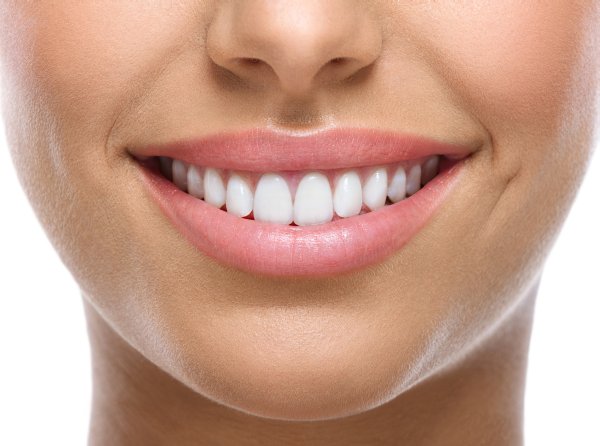How a Dental Filling Is Used to Address Tooth Decay


Do you currently need a dental filling for a cavity? Read on to learn more about dental filling options. Cavities, also known as caries or tooth decay, occur when plaque eats away at the enamel that covers the outer surface of teeth. It is important to get a dental filling for cavities as soon as it is discovered. The decay will only worsen and damage the sensitive tissue and nerves inside your teeth without treatment. Serious problems, including nerve injury and tooth loss, may be avoided by treating tooth decay.
Treating tooth decay with a dental filling
If a dentist discovers a cavity, the cavity may be filled by removing the decaying tissue and covering the hole with a dental filling, a restoration material inserted into the tooth to stop further deterioration and decay. The dentist will use a local anesthetic to numb the surrounding tissue before removing the decay in the tooth. Using a dental drill, the decayed area of the tooth will be removed and prepared for a filling.
Dental filling materials have been improved over the years, and there are now many alternatives to conventional metal fillings. The following are examples of dental filling materials:
Amalgam fillings
Amalgam has been used to fill decayed for almost a century and is still extensively utilized today. Amalgam fillings are made of mercury, silver, tin, copper, and other metals. These fillings are not as suitable for use in more visible teeth at the front of the mouth because of their silver color.
Due to the mercury in amalgam, concerns regarding its safety have been raised in recent years. Mercury poisoning has been related to a variety of neurological issues, especially in babies and children. According to research conducted by the National Institutes of Health, the Food and Drug Administration, and other major health agencies, dental amalgam is a safe choice for fillings. The additional metals in amalgam fillings help to stabilize the mercury and decrease the likelihood of side effects.
Composite fillings
Composite is a tooth-colored resin-based substance composed of glass or quartz. Composite fillings are sturdy and provide a more natural appearance than amalgam fillings. However, they cost more, and the process takes longer. Composite fillings may also get discolored over time.
Glass ionomer fillings
Glass ionomers, like composite fillings, are tooth-colored. They are composed of acrylic and glass and are typically used for cavities that occur on the tooth’s root surfaces. Glass ionomers may also release fluoride, which can help prevent further dental deterioration. Since glass ionomers are not as long-lasting as amalgam or composite fillings, they are often only placed on areas of the teeth that are not subjected to a lot of chewing force.
The bottom line
If you have a cavity, discuss the pros and drawbacks of available dental filling options with your dentist. After assessing your overall dental health, your dentist can help you determine which kind of filling is ideal for you.
Request an appointment here: https://www.burtonsvilledentalsuite.com or call Burtonsville Dental Suite at (301) 259-5016 for an appointment in our Burtonsville office.
Check out what others are saying about our dental services on Yelp: Composite Fillings in Burtonsville, MD.




